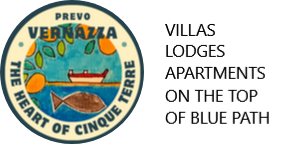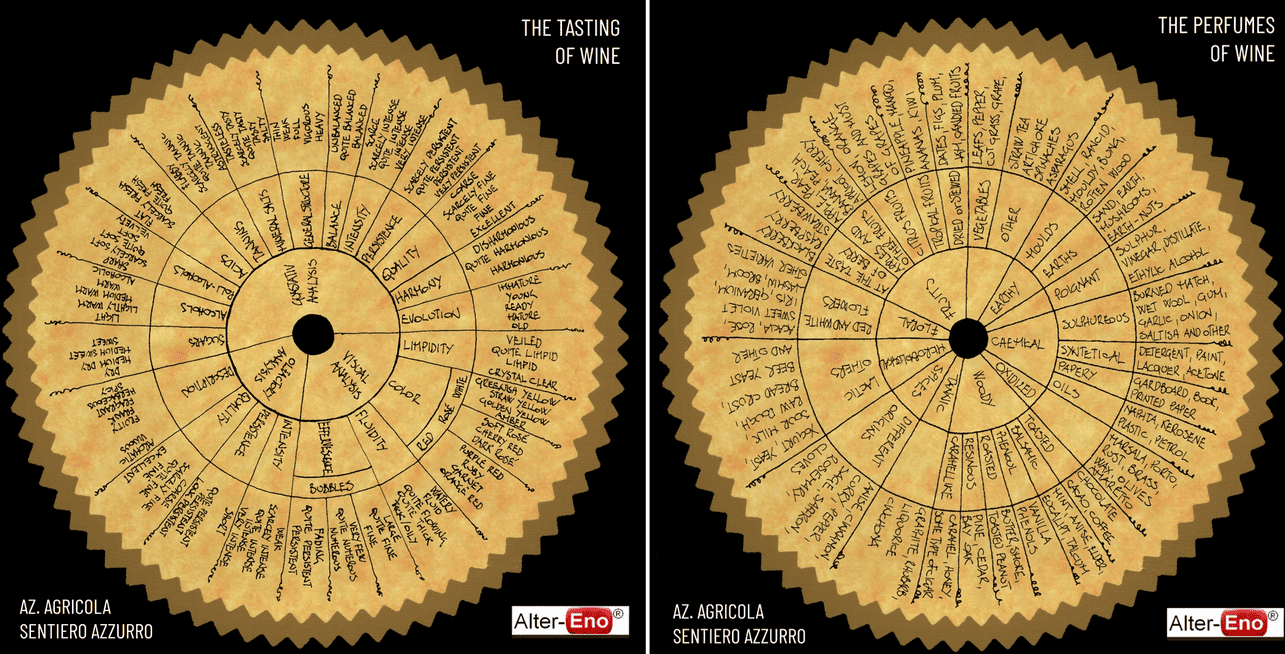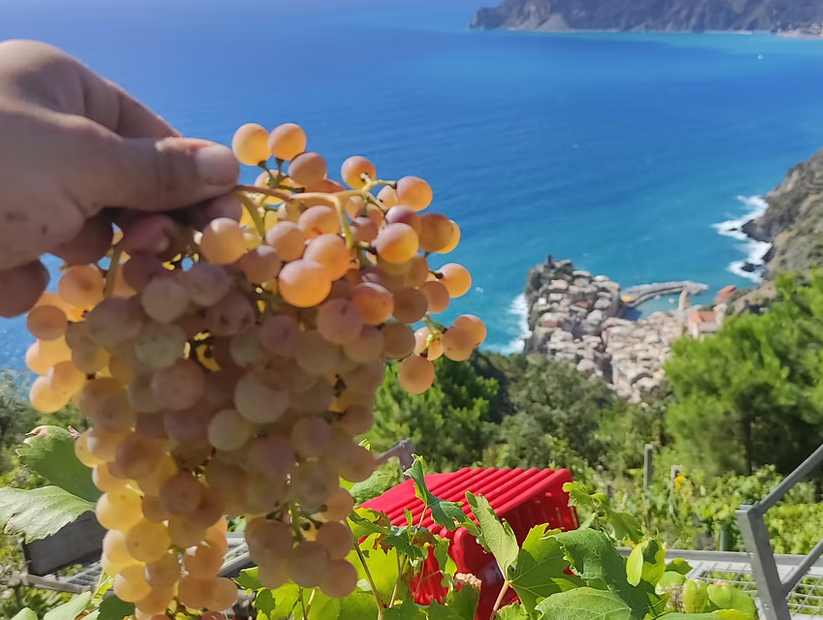
Recognizing that residing in Vernazza and owning vineyards in the Cinque
Terre region entails both privilege and responsibility, Cheo has
chosen to honor the deep historical roots of the area by caring for the
land where their vines take hold.
Through their efforts, they aim to
convey the uniqueness of this region and engage others in its
stewardship and respect. Consequently, the company strives to maintain
extensive connections with other wine producers in the Cinque Terre,
academic institutions, and the sustainable tourism sector.
The quality
of their wines serves as both a symbol and a medium for expressing the
distinctiveness of their origin. Their daily presence in the vineyards,
direct interaction with the plants, and manual cultivation
techniques, eschewing mechanical assistance, facilitate a precise
artisanal management of the vineyards and optimize the agricultural
practices necessary for producing exceptional grapes.
Through their efforts, they aim to convey the uniqueness of this region and engage others in its stewardship and respect. Consequently, the company strives to maintain extensive connections with other wine producers in the Cinque Terre, academic institutions, and the sustainable tourism sector.
The quality of their wines serves as both a symbol and a medium for expressing the distinctiveness of their origin. Their daily presence in the vineyards, direct interaction with the plants, and manual cultivation techniques, eschewing mechanical assistance, facilitate a precise artisanal management of the vineyards and optimize the agricultural practices necessary for producing exceptional grapes.

Cantina Capellini is a family-owned winery with a winemaking legacy that
spans seven generations.
Located in the picturesque hilltop village of
Volastra, within the Cinque Terre region, the winery is currently led by
Luciano Capellini, who learned the craft of winemaking from his father,
Oreste, and his grandfather, Bernardo.
Luciano is joined by his son
Mirco, who, despite being raised in Parma, has always regarded this
stretch of the Ligurian coast as his true home, along with Mirco's wife,
Laura.
Volastra, the ancestral home of the Capellini family, has gracefully
adapted to the influx of tourism while preserving its essence. It is a
place where ancient agricultural and winemaking traditions remain
central to its identity.
The village boasts breathtaking views, from the
sky to the sea, and is surrounded by vineyards supported by legendary dry
stone walls. This unique landscape, recognized as a UNESCO World
Heritage Site in 1997 and designated as a National Park in 1999,
provides the perfect backdrop for the Capellini family's viticultural
endeavors.
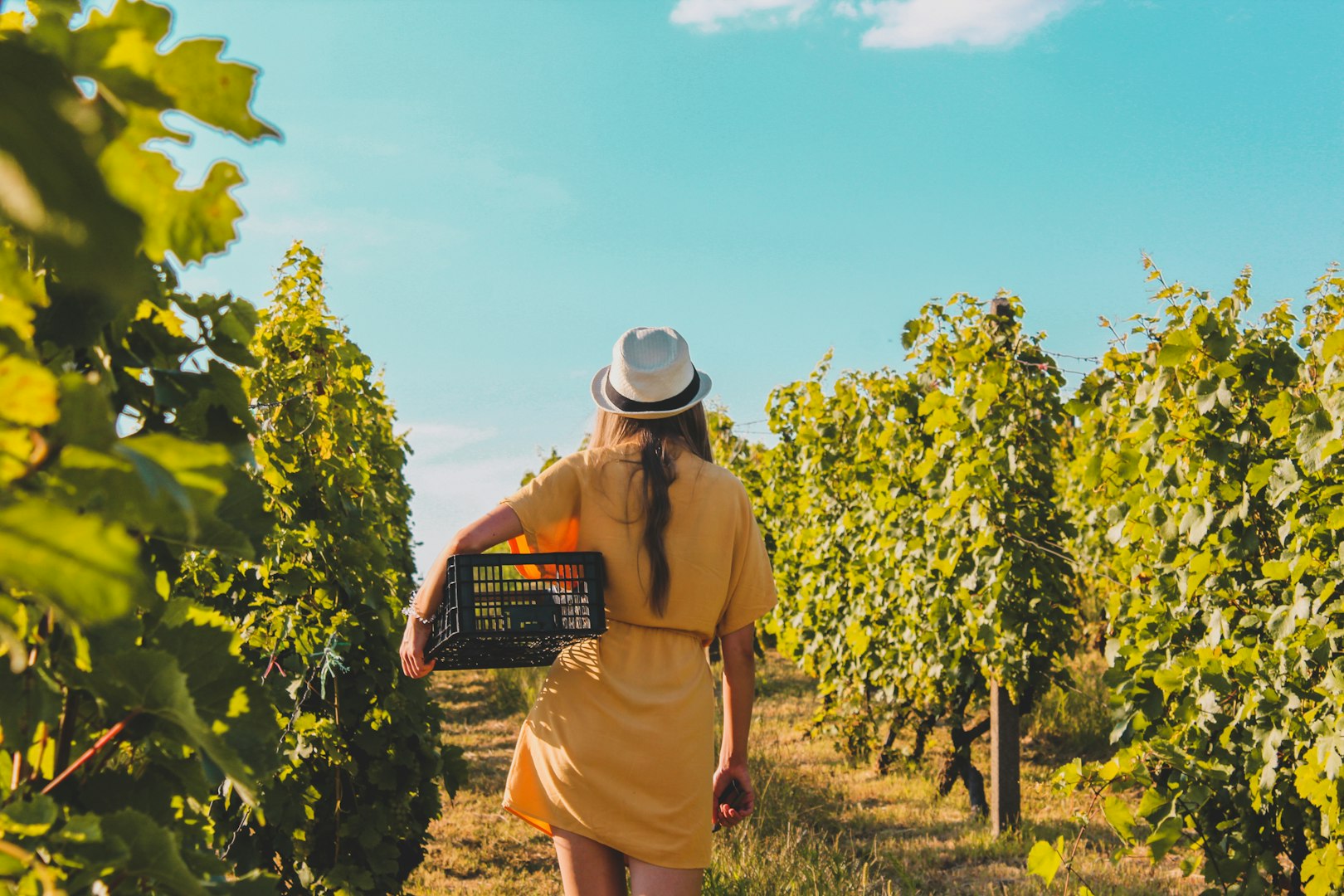
The vision of Natale, the founder of Cantina Sassarini, was distinctly
future-oriented.
He recognized both the quality and economic potential
of producing a local wine even before the establishment of the
Denomination of Origin in 1973. Within his family, winemaking was a
tradition for personal consumption, and Natale likely foresaw the
possibilities of a burgeoning wine market. Consequently, he established
his winery and gathered numerous farmers who diligently tended to their
vineyards with pride and expertise.
While few others pursued this path
initially, in the last two decades, a group of "mad angels" (as referred
to by Veronelli) has revitalized the lands of their ancestors,
constructing dry stone walls and replanting vineyards. Natale
Sassarini's vision now appears to merge with that of all the winemakers
in the Cinque Terre, including his son Giancarlo, who proudly continues
the work initiated half a century ago.
The fiftieth anniversary of
Cantina Sassarini could serve as a foundational stone for solidifying a
wine tradition in the Cinque
He recognized both the quality and economic potential of producing a local wine even before the establishment of the
Denomination of Origin in 1973. Within his family, winemaking was a tradition for personal consumption, and Natale likely foresaw the possibilities of a burgeoning wine market. Consequently, he established his winery and gathered numerous farmers who diligently tended to their vineyards with pride and expertise.
While few others pursued this path initially, in the last two decades, a group of "mad angels" (as referred to by Veronelli) has revitalized the lands of their ancestors, constructing dry stone walls and replanting vineyards. Natale Sassarini's vision now appears to merge with that of all the winemakers in the Cinque Terre, including his son Giancarlo, who proudly continues the work initiated half a century ago.
The fiftieth anniversary of Cantina Sassarini could serve as a foundational stone for solidifying a wine tradition in the Cinque
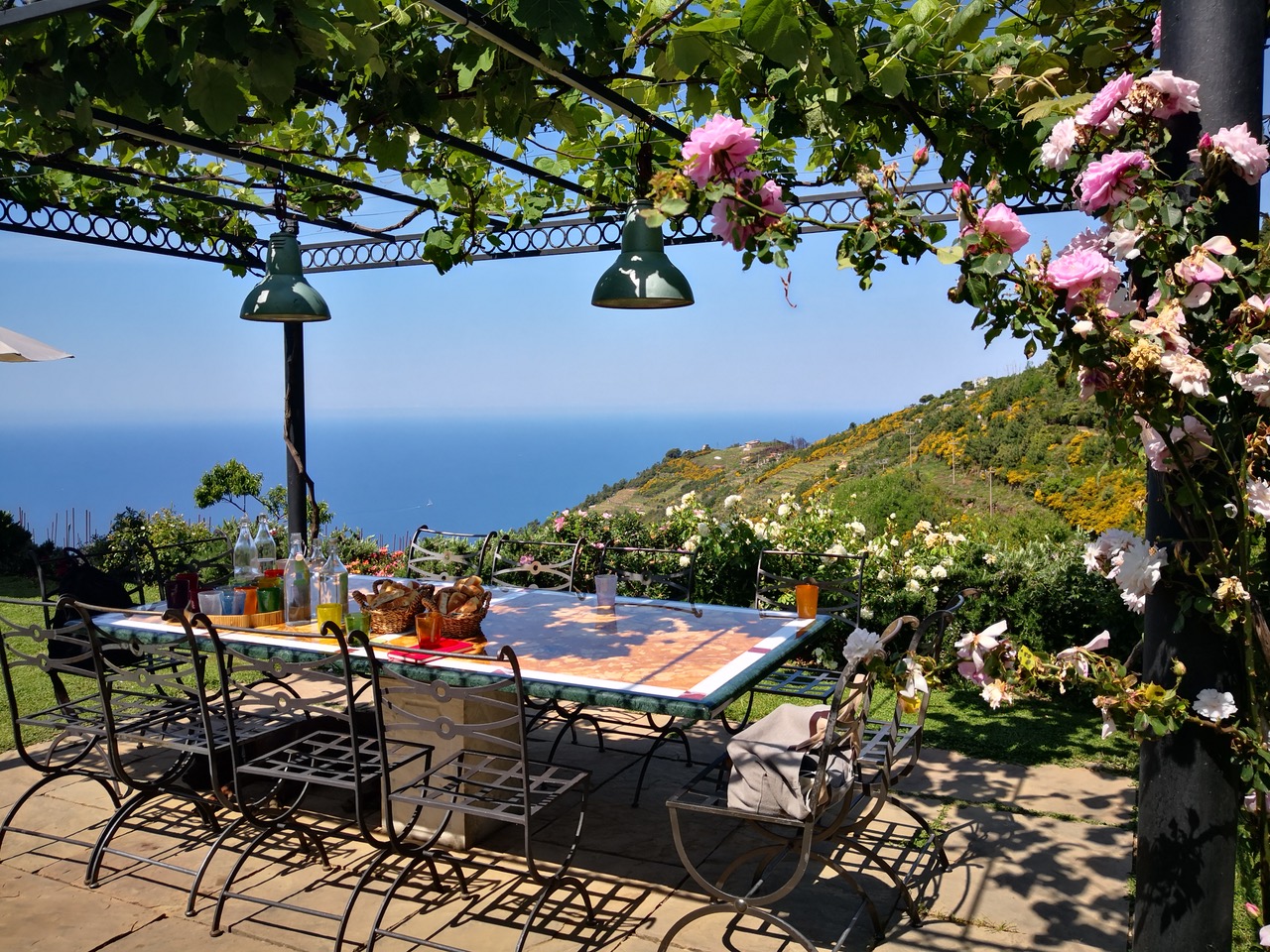
Stella di Lemmen is a nascent agricultural initiative that embodies
craftsmanship and a profound connection to the land. It reflects the
audacity to cultivate challenging terrains and transform them into
nurturing environments, driven by the energy to pursue one's instincts
and aspirations.
Established in 2015, this project is situated on a
small plateau overlooking the Ligurian Sea and is an integral part of
the Cinque Terre National Park.
The development of this venture is ongoing, with the primary aim of
revitalizing and preserving this enchanting corner of the world, which
offers tranquility and beauty to all who behold it.
Furthermore, it
fosters a deep respect for the surrounding nature that continually
supports us.
We perceive ourselves as temporary guests in this locale and are
privileged to serve as its custodians, fully aware that a sustainable
future hinges on our commitment to valuing and respecting our land in
all its dimensions.
Established in 2015, this project is situated on a small plateau overlooking the Ligurian Sea and is an integral part of the Cinque Terre National Park.
The development of this venture is ongoing, with the primary aim of revitalizing and preserving this enchanting corner of the world, which offers tranquility and beauty to all who behold it.
Furthermore, it fosters a deep respect for the surrounding nature that continually supports us. We perceive ourselves as temporary guests in this locale and are privileged to serve as its custodians, fully aware that a sustainable future hinges on our commitment to valuing and respecting our land in all its dimensions.
